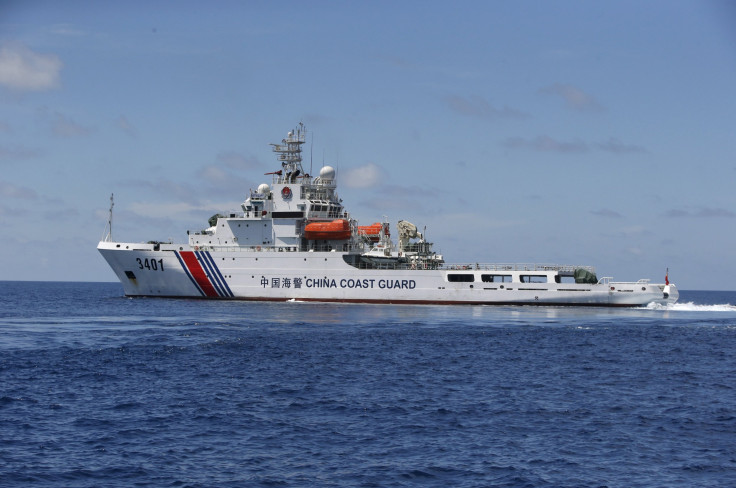South China Sea Update: US Wants To Destabilize Asia, Beijing Warns As Air Force Encourages Other Nations To Enter Region

The U.S. military's plan to conduct missions in and over the South China Sea could destabilize Asia, Beijing warned Tuesday. The warning comes as the top Air Force officer in the Pacific said the U.S. would continue daily missions over the disputed territory as China's moves in the region alarms its neighbors.
“We’ve watched the increased military capability on those islands, whether it’s the fighters, whether it’s the missiles or the 10,000-foot runways. We will continue to do as we’ve always done, and that is fly and sail in international airspace in accordance to international rules and norms,” Gen. Lori Robinson said Tuesday in Canberra, Australia, the Associated Press reported.
Robinson also urged other nations Tuesday to fly and sail in the South China Sea "or risk losing it throughout the region." She declined to explain how the United States might strike back if a U.S. plane was downed by the Chinese military.
China claims it has ownership over about 90 percent of the South China Sea, despite rival claims from several of its neighbors over rights to the small islands there. China has added about 3,000 acres of landfill to reefs and rocks to the sea in the past two years. The land holds self-propelled artillery and airfields capable of supporting military aircraft.
The U.S. has continued to send its planes and sail its military ships over and in the international waters. Earlier this week, the USS John C. Stennis carrier strike group left the South China Sea during routine operations.
China protested Tuesday U.S. operations in the region. “I want to remind some people that the freedom of navigation doesn’t give them a license to do whatever they want,” China Foreign Minister Wang Yi said, according to video posted online by China’s Xinhua news agency. “If someone wants to muddy the waters in the South China Sea and to destabilize Asia, China would not agree to it, and I think the overwhelming majority of countries in the region would not allow that to happen.”
Roughly $5 trillion in ship-borne trade passes through the South China Sea each year.
© Copyright IBTimes 2024. All rights reserved.






















